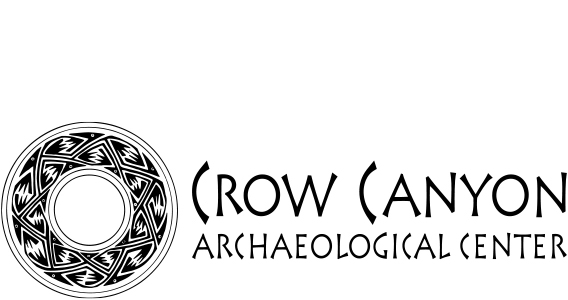In a recent rock art site recording project in the Carlsbad, New Mexico region, Sacred Sites Research, Inc. worked with Versar, Inc. to record 22 rock art sites. The project supported by the Permian Basin agreement between the New Mexico SHPO, the Carlsbad Bureau of Land Management, and energy production companies, taught us the importance of recording the whole site and not just the rock art. The resulting redacted publication for this project can be accessed at:
As it does with all archaeological research, new technology has played a significant role in the archaeology of rock art. Drones, for example, make it much easier to map large sites and to plot features associated with the rock art panels. Mark Willis, a pioneer in aerial photography of archaeological sites, has used cameras on poles, on kites, and blimps to record sites at locations where drones are not allowed for security reasons. Plasma oxidation dating is a proven method for establishing the age of pictographs. The power point presentation, delivered via Zoom, will use examples from recent rock art recording projects across the American west.



